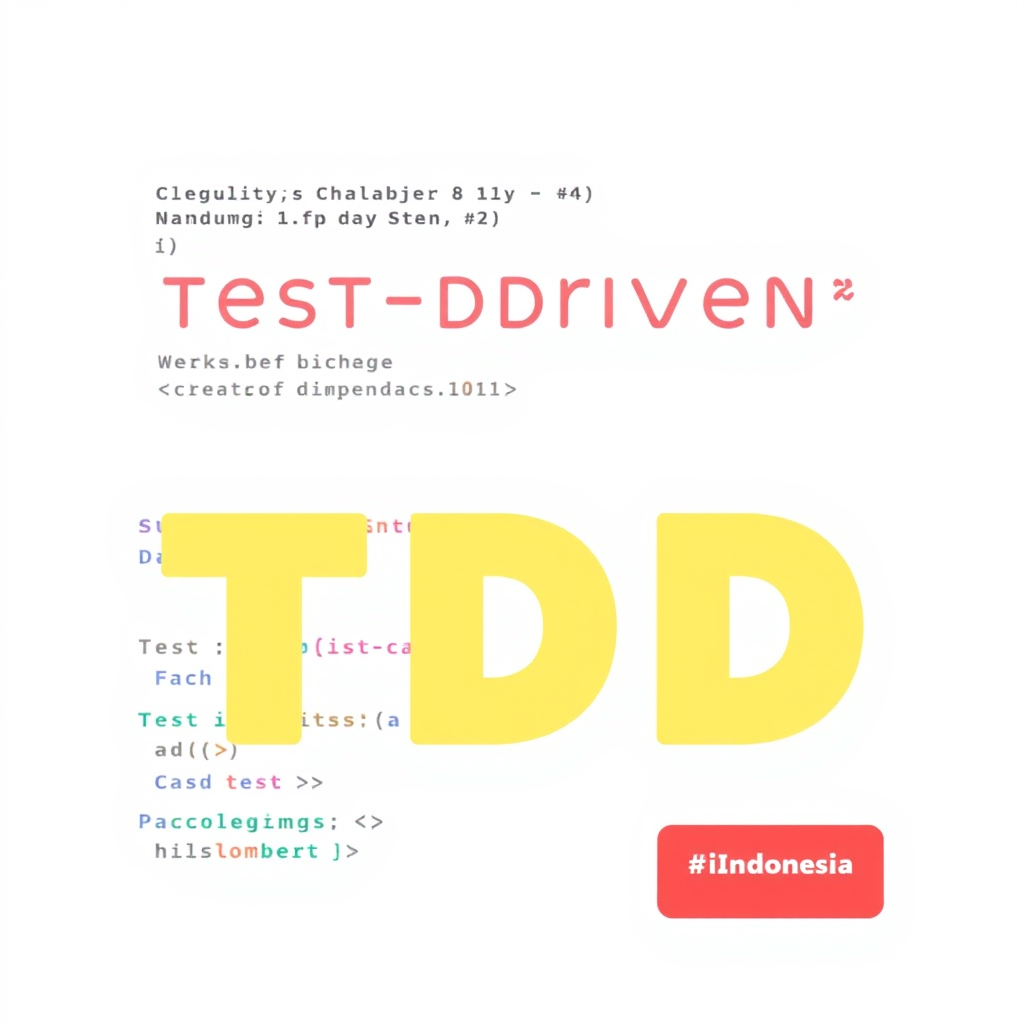
Test-Driven Development (TDD): Is It Worth the Effort?
In today’s fast-paced digital landscape, delivering high-quality software quickly is paramount. One methodology gaining increasing traction is Test-Driven Development (TDD). But is TDD truly worth the effort for your development team? At Doterb, we help businesses navigate these complex choices, and in this article, we’ll explore the pros and cons of TDD, helping you determine if it’s the right fit for your projects.
Table of Contents
- What is Test-Driven Development (TDD)?
- Benefits of Test-Driven Development
- Challenges of Test-Driven Development
- When to Use TDD
- TDD in Digital Transformation
- Frequently Asked Questions (FAQ)
- Conclusion
What is Test-Driven Development (TDD)?
Test-Driven Development (TDD) is a software development process where you write automated tests *before* writing the actual code. This seemingly counter-intuitive approach forces you to think critically about the desired functionality and expected behavior of your code before you implement it. The process typically involves these steps:
- Write a Failing Test: Define a test that specifies a single, specific aspect of the feature you want to implement. This test should initially fail because the code doesn’t exist yet.
- Write the Minimal Code to Pass the Test: Write just enough code to make the failing test pass. Focus solely on satisfying the test requirements, not on optimizing or adding extra features.
- Refactor: Clean up and improve the code while ensuring that all tests continue to pass. This step helps maintain code quality and readability.
- Repeat: Continue this cycle for each new feature or functionality.
Benefits of Test-Driven Development
While TDD requires a different mindset, the advantages can be significant:
Improved Code Quality
Writing tests first forces you to think about the code’s purpose and how it will be used, leading to cleaner, more focused, and more reliable code.
Reduced Debugging Time
By writing tests early and often, you can catch bugs and errors earlier in the development process, significantly reducing debugging time later on.
Clearer Requirements
The act of writing tests clarifies requirements and ensures that everyone understands the expected behavior of the software. This helps to avoid misunderstandings and misinterpretations.
Enhanced Maintainability
With a comprehensive suite of automated tests, refactoring and adding new features becomes much safer. Tests act as a safety net, ensuring that changes don’t break existing functionality.
Challenges of Test-Driven Development
TDD is not without its challenges. It’s important to be aware of potential drawbacks:
Increased Initial Development Time
Writing tests upfront can initially increase development time, as it requires more planning and effort. However, this initial investment often pays off in the long run through reduced debugging and maintenance costs.
Learning Curve
TDD requires a different way of thinking and a good understanding of testing frameworks. Developers need time and training to become proficient in TDD.
Test Maintenance
As the codebase evolves, tests may need to be updated to reflect changes in functionality. Neglecting test maintenance can lead to outdated tests that provide a false sense of security.
When to Use TDD
TDD is particularly well-suited for:
- Projects with complex logic and requirements.
- Applications that require high levels of reliability and stability.
- Teams that are committed to writing clean, maintainable code.
However, TDD may not be the best choice for:
- Small, simple projects with tight deadlines.
- Projects where requirements are constantly changing.
- Teams that lack experience with testing frameworks.
TDD in Digital Transformation
At Doterb, we understand that “Digital transformation is not an option, it’s a necessity to stay relevant.” Implementing TDD can be a crucial component of a successful digital transformation strategy. By ensuring the quality and reliability of new systems and applications, TDD can help businesses confidently embrace change and innovate faster.
Frequently Asked Questions (FAQ)
- Q: Is TDD always the right approach?
- A: No, TDD is not a silver bullet. It’s a valuable tool, but it’s not always the best fit for every project. Consider the project’s complexity, requirements, and team experience before deciding to adopt TDD.
- Q: What if I don’t know how to write tests?
- A: Invest in training and resources to help your team learn testing frameworks and TDD principles. Start with small, manageable projects and gradually increase the complexity.
- Q: How do I handle legacy code with no tests?
- A: Refactoring legacy code to introduce tests can be challenging. Start by identifying the most critical and frequently used parts of the code and gradually add tests around them.
- Q: What are some good testing frameworks to use with TDD?
- A: The best testing framework depends on your programming language and project needs. Popular options include JUnit (Java), pytest (Python), RSpec (Ruby), and Jest (JavaScript).
Conclusion
Test-Driven Development can be a powerful tool for improving code quality, reducing debugging time, and enhancing maintainability. While it presents some challenges, the benefits often outweigh the costs, especially for complex and critical projects. By carefully considering your project’s needs and investing in proper training, you can successfully implement TDD and reap its rewards.
If your business needs help implementing TDD or developing robust and reliable software solutions, the Doterb team is here to assist. We provide comprehensive web development, system integration, and digital transformation services, tailored to meet your specific requirements. Contact us today to discuss your project and explore how we can help you achieve your goals.
